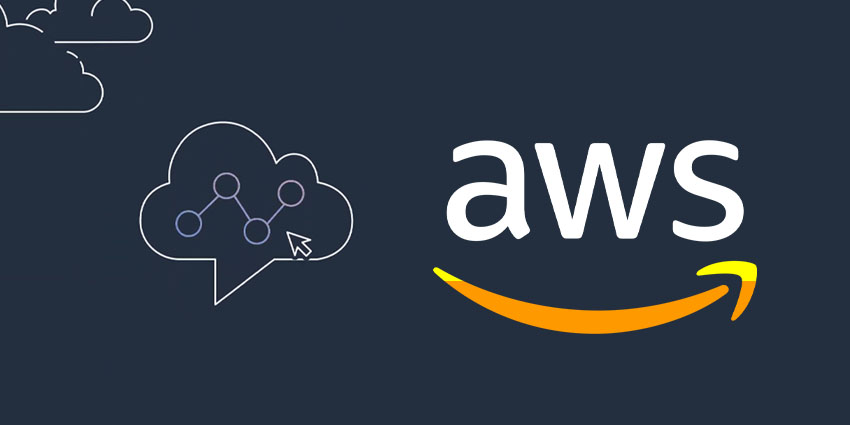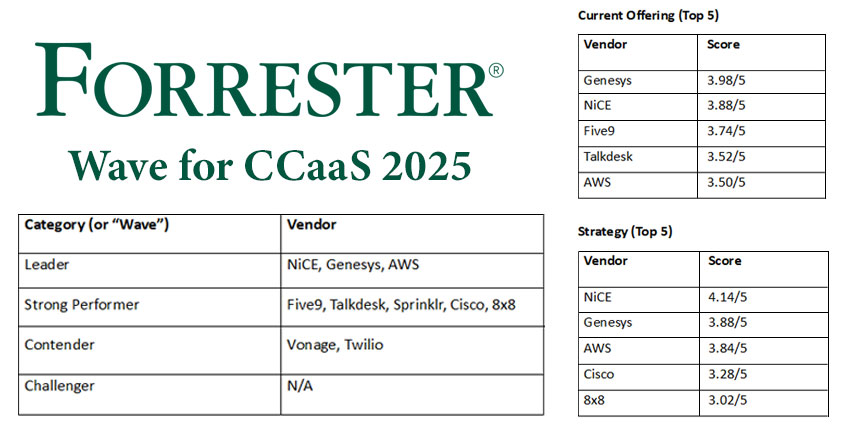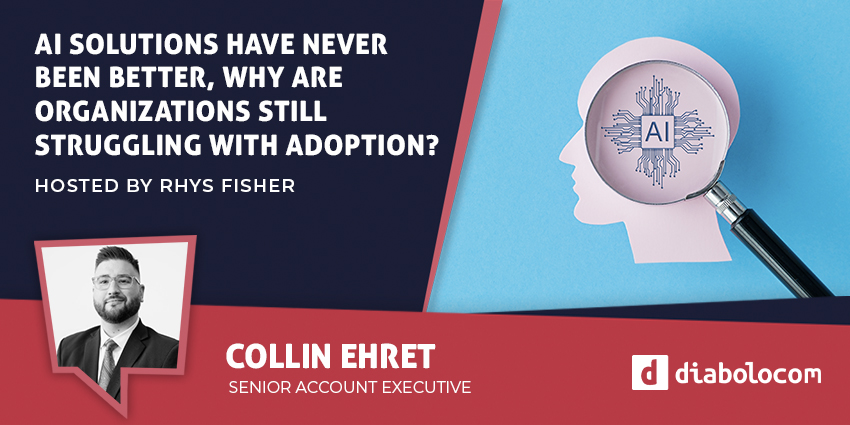Legacy contact center vendors are making their aim to move on-premise customers to the cloud more explicit. The result? More enterprises are considering a CCaaS migration.
Three years ago, Steven Walmsley, a former IT Architect at one of the world’s largest hotel groups, embraced such a transformation.
Like others in similar positions, his role revolved around maintaining a myriad of 60+ physical and virtual servers across various data centers and co-locations. That’s a lot of upkeep.
Yet, in maintaining this environment and preserving the contact center architecture, Walmsley and his team had to accept many mounting challenges.
Indeed, his IT team described the on-premise system as:
- Cumbersome and Expensive – On-premise multi-site infrastructure required manual, semi-annual upgrades to sustain its performance.
- Static and Inflexible – The team had to create and update numerous call flows per country – in many languages – without any predictive, dynamic capabilities.
- Innovation Averse – The old system proved challenging to scale and grow, while the team struggled to modify numerous applications, including the IVR…
The problems are likely familiar for many dealing with large-scale legacy contact centers. Yet, Walmsley remembers the final straw: a rebrand that required his team to rerecord 200 IVR announcements across all 14 languages.
“It was a whole process: reaching out to voice talent, booking their time, recording the messages locally in various countries, and so on.”
The process prompted Walmsley to think – not for the first time – that there had to be a better way, especially with the advancements in natural voice technologies.
Instead of maintaining complex IVR systems across various regions, what if the business could create a general purpose, dynamic flow that replicates itself across all languages? Just think of the gains in reducing its routing logic.
The answer? A migration to a CCaaS platform that integrates with best-of-breed applications – including voice and NLP technologies – which helps the business overcome all the above challenges.
Enthused, Walmsley and his team embarked on a large-scale CCaaS migration, moving 500 agents, supporting 14 languages across 800+ domestic and toll-free numbers, to the cloud.
Here are three of the most significant lessons he learned along the way.
1. Embrace a Cloud-Native Solution
Some CCaaS platforms are more scalable than others. Opting for a cloud-native CCaaS solution that scales easily is of utmost importance for extensive migration projects.
Moreover, with a cloud-native platform, organizations will find it much easier to drop in new services – such as additional communication channels – into various business processes.
Unfortunately, many CCaaS vendors – particularly those that rushed to the cloud – are not cloud-native. Instead, they offer big monolithic solutions and struggle to innovate at high velocity.
Recognizing this, Walmsley chose Amazon Connect. He stated:
“Through my initial testing, I was shocked by how quickly I could move these workloads to the cloud, with none of that service maintenance that was such a drain on time.”
Walmsley also highlighted its open platform, self-service configuration, and pricing as critical factors in choosing Amazon Connect.
Finally, he also deduced that AWS was best placed to support him in meeting the following three migration objectives, which the business viewed as mission critical:
- Give agents more context to help customers quickly
- Increase agility to make changes faster
- Keep telephone costs down to fund future CX improvement initiatives
2. Avoid Replicating Processes In the Cloud
“Be cautious of taking the systems and processes you already have today and looking for that in the cloud,” says Walmsley.
Why? Because over the years, the business likely bolted on new features to legacy systems, adding layers of complexity and circumventing older capabilities that are no longer necessary.
A streamlined approach will save significant cost and effort in the long run. As Walmsley adds:
“While there may not be the same 200 features customers are familiar with from their legacy platform, consider: how many of those do we use on a daily basis? You’ll probably find that it comes down to a single or very low double-digit number.”
Noticing this, Walmsley and his team utilized Amazon Connect Flows to define a new contact center experience from start to finish.
The approach proved particularly useful as it included a set of default flows, which enable businesses to quickly set up and run a contact center. These flows make reimagining and streamlining service experiences much easier.
From there, Walmsley and his team seized the possibility to leverage other features, including:
- Personalization and predictive analytics tools with an AWS Lambda integration
- AI-driven prompt support for all 14 languages using Amazon Polly
- Conversational analytics through Contact Lens
Each of these features combines to increase speed-to-market. As a result, the IT team can make changes faster for the entire business.
3. Accept That It Is a Constant Evolution
Upon completing the migration, the hotel group cut circa. $200,000 in maintenance contracts from legacy systems while experiencing an improvement in customer, agent, and business metrics.
Yet, Walmsley warns that a CCaaS migration is a constant evolution.
“Because Amazon Connect is simplified, because it’s a managed service, that frees up significant engineering time, so developers can continually innovate and evolve the solution,” he said.
“The mental model previously was – once the contact center is up and running – don’t touch it, leave it alone. Yet, with Amazon Connect, it’s a lot easier to have a playground environment to try new things.”
Also, as it is a pay-by-usage system, the IT team can experiment to their hearts’ content. Up to a particular usage, AWS does not charge the business.
As such, IT teams must prepare for a change in their role after migrating to the cloud. Instead of being the masters of maintenance, they become the champions of innovation.
With much more time freed up, they can work closer with customer care teams to continually enhance customer journeys and bring their vision for the service experience to life.
Final Words of Wisdom
“Give yourself plenty of lead time,” concludes Walmsley. “It can be done relatively quickly. However, since it is a new system with the cloud, it’s a learning ramp on how AWS, microservices, and integrations work.”
Walmsley now shares such advice, and much more, with clients in his new role as Senior Technical Account Manager at AWS.
He harnesses his experiences to support others in their global CCaaS migrations, helping them achieve similar success.
To work with such experts and deliver a CCaaS transformation project with Amazon Connect, click here.







